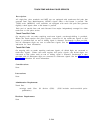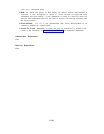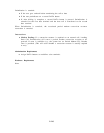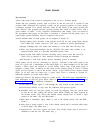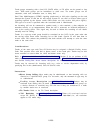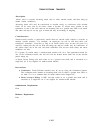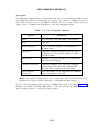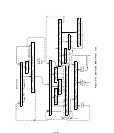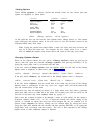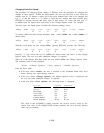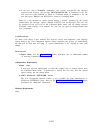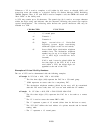TRUNK-TO-TRUNK TRANSFER
Description
Allows users to connect incoming trunk calls to other outside trunks and then hang up
(under certain conditions).
Incoming trunk calls may be transferred to another trunk, or conference with another
trunk. In all cases and at all times, either a System 25 station must remain in the
conference or one of the calls must be an incoming call on a ground start, DID or tie trunk.
The other call may be on any type of trunk and may be incoming or outgoing.
Considerations
Trunk-to-trunk transfer is particularly useful when an outside caller requests a transfer to
another outside number.
For example,
an employee can call in and have their call
transferred elsewhere.
Note that as long as an inside station stays on the call (even if a
multiline station puts the call on hold and hangs up) any two trunks may be conference. If
the station drops out of the call, the trunk conference will be torn down unless the above
conditions are met.
If a System 25 station enters a trunk-to-trunk transfer call via a line appearance button for
one of the conference trunks, the call will still be broken down when one of the outside
parties hangs up.
A Direct Group Calling call that comes in on a ground start trunk and is answered at a
single-line set is not eligible for trunk-to-trunk transfer.
Interactions
●
Conference: Trunk-To-Trunk transfers may be set up using the Conference feature.
The conference must include an incoming trunk call on either a ground start, DID, or
tie trunk if it is to continue after all inside stations have dropped off.
● Direct Group Calling: A DGC call that comes in on a ground start trunk and is
answered at a single-line set is not eligible for trunk-to-trunk transfer.
Administration Requirements
None
Hardware Requirements
None
2-252



